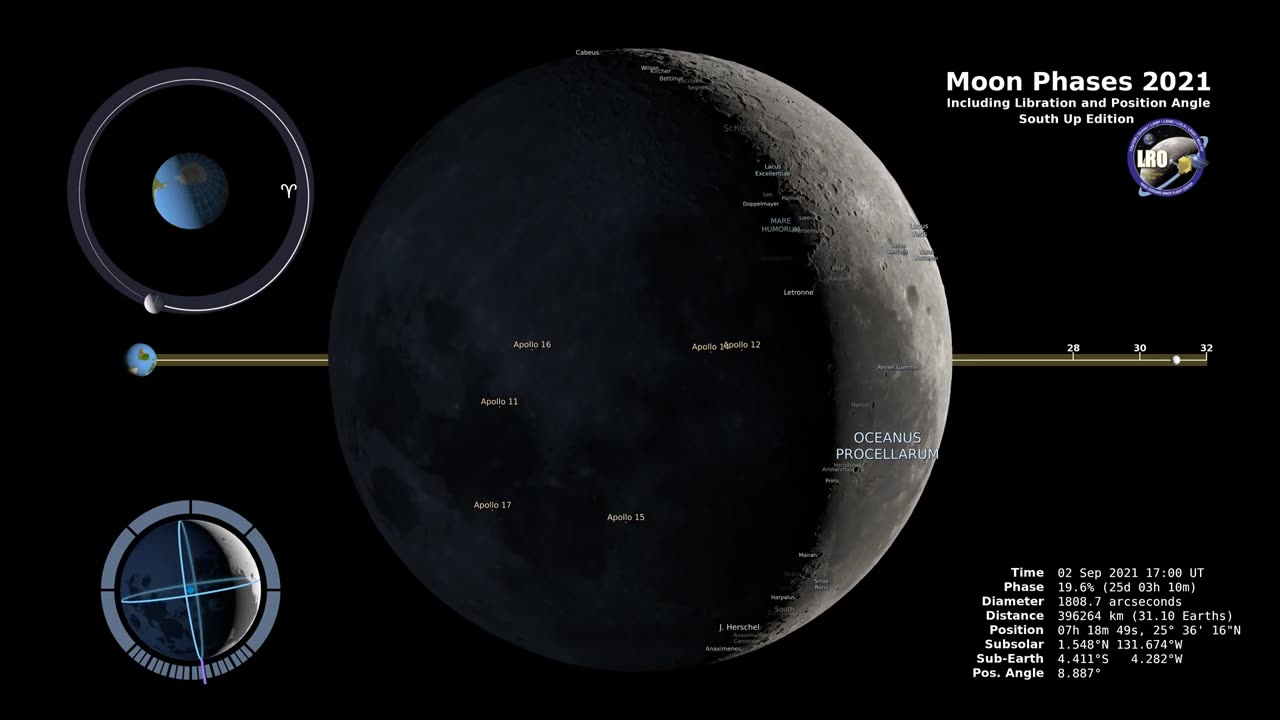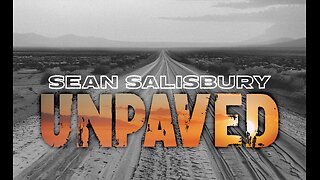Premium Only Content

Moon Phase Southern Hemisphere 2021 by HBN
To provide you with the phases of the Moon in the northern hemisphere for 2021, I can give you a general overview of the moon phases throughout the year. Keep in mind that the specific appearance of the Moon during these phases can vary slightly depending on your location and the time of day. Here are the primary moon phases for the northern hemisphere in 2021:
New Moon: The northern hemisphere sees the New Moon when the Moon is positioned between the Earth and the Sun, and the side of the Moon facing the Earth is in shadow, making it not visible from Earth. New Moons occurred approximately every 29.5 days throughout the year.
Waxing Crescent: Following the New Moon, a small crescent begins to appear in the northern hemisphere, growing larger each day as it progresses toward the First Quarter Moon.
First Quarter Moon: At the First Quarter Moon, half of the northern hemisphere of the Moon is illuminated and visible from Earth, while the other half remains in shadow.
Waxing Gibbous: After the First Quarter Moon, the illuminated portion of the northern hemisphere continues to increase in size, leading to the Waxing Gibbous phase.
Full Moon: During the Full Moon, the entire northern hemisphere of the Moon is fully illuminated and visible from Earth, appearing as a complete circle.
Waning Gibbous: Following the Full Moon, the illuminated portion of the northern hemisphere begins to decrease, leading to the Waning Gibbous phase.
Third Quarter Moon: At the Third Quarter Moon, half of the northern hemisphere of the Moon is again illuminated and visible from Earth, but it's the opposite half compared to the First Quarter Moon.
Waning Crescent: The illuminated crescent in the northern hemisphere continues to shrink, becoming smaller each day as it approaches the next New Moon.
These moon phases repeat in a roughly 29.5-day cycle throughout the year. The specific dates and times of these phases in 2021 can be calculated precisely and may vary slightly based on your location, so you can use a lunar calendar or a moon phase calculator for more detailed information for your specific location
-
 47:50
47:50
Candace Show Podcast
6 hours agoBREAKING: Judge Makes Statement Regarding Taylor Swift's Text Messages. | Candace Ep 155
94.3K106 -
 DVR
DVR
Josh Pate's College Football Show
3 hours agoCFB’s Most Hated Teams | FSU & Clemson Future | Big Ten Win Totals | Star Rankings Overrated?
5.76K -
 1:33:47
1:33:47
CatfishedOnline
4 hours agoGoing Live With Robert - Weekly Recap
27.8K -
 55:18
55:18
LFA TV
1 day agoEurope’s Sudden Turn Against America | TRUMPET DAILY 3.6.25 7PM
32.2K3 -
 4:21
4:21
Tundra Tactical
4 hours ago $2.12 earnedPam Bondi MUST Enforce Due Process NOW!
23.7K1 -
 56:42
56:42
VSiNLive
5 hours agoFollow the Money with Mitch Moss & Pauly Howard | Hour 1
48K1 -
 1:05:32
1:05:32
In The Litter Box w/ Jewels & Catturd
1 day agoShalom Hamas | In the Litter Box w/ Jewels & Catturd – Ep. 756 – 3/6/2025
98.7K37 -
 1:23:00
1:23:00
Sean Unpaved
7 hours ago $3.19 earnedNFL Free Agency
53.4K3 -
 18:25
18:25
Stephen Gardner
6 hours ago🔥The REAL REASON the Epstein Files are being HIDDEN | I CONFRONT Alan Dershowitz for details!
66.2K111 -
 1:58:44
1:58:44
The Quartering
9 hours agoTrump To Charge USAID Staff, Campus RIOT Erupts, Theo Von & Candace Owens, Ukraine Gets Worse!
117K72